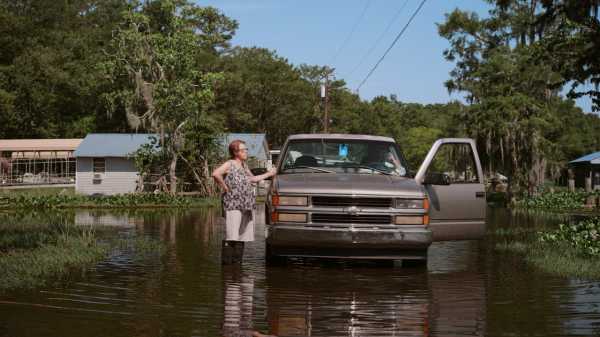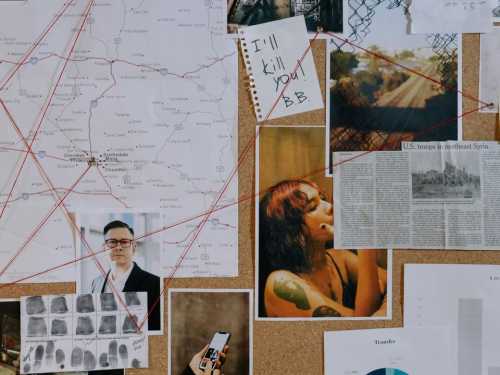
The filmmakers were drawn to the communities west of Baton Rouge in the Atchafalaya Basin, where the wetlands are uncharacteristically stable but the consequences of climate change can be severe.
In the spring of 2019, the filmmakers Guillaume Fournier, Samuel Matteau, and Yannick Nolin travelled from Quebec to Louisiana to shoot the final installment in a trio of short documentaries. The three films are all centered on Cajun-French culture in Acadiana, a twenty-two-parish region in the southern part of Louisiana. An estimated hundred thousand to three hundred thousand people in the state speak some form of French, a total that has dropped from roughly a million in the nineteen-sixties.
The three directors arrived without a specific focus for the film, but with an alarming and often cited figure about the trajectory of climate change and the consequences of settlement in Louisiana on their minds: the state’s coastal wetlands lost, on average, a football field’s worth of land each hour in recent decades. Fournier, Matteau, and Nolin were drawn to the communities west of Baton Rouge in the Atchafalaya Basin, the largest river swamp in the country, where the wetlands are uncharacteristically stable but the consequences of climate change can be severe. Atchafalaya residents are accustomed to destructive hurricanes, tornadoes, and flooding, some of it inevitable and some caused by the decisions of state officials that prioritize the safety of urban areas during crises. The basin is protected from the Mississippi River by the Morganza Spillway, a man-made flood-control structure comprising a hundred and twenty-five bays that can be opened, one at a time, to release water from the river into the basin. The spillway has been opened twice since it was constructed, in the nineteen-fifties, during catastrophic flooding in 1973 and 2011, when it diverted floodwaters from the population centers of Baton Rouge and New Orleans and inundated the basin, where residents had little time to prepare or evacuate.
The New Yorker Documentary
View the latest or submit your own film.

While the film was being shot, the people living in the basin were waiting to find out whether the spillway was about to be opened for a third time. The basin residents whom the filmmakers spoke with seemed ready to face whatever would come. “I was born and raised on water,” one man from the community of Pierre Part says. “I wouldn’t want to live anywhere else.” He and others in the area navigate the floodwater—swollen enough to reach their front doors and swallow up the tires of cars—as though it isn’t there.
“We didn’t just want to show misery,” Matteau told me. “We wanted to find a glimpse of life.” Flickers of entertainment and joy punctuate the film: a sousaphone player performs at the edge of the water, and aerial footage shows an amusement park on the outskirts of New Orleans that was torn apart during Hurricane Katrina, ramshackle but standing. Flanked by the shells of a roller coaster and a Ferris wheel, a few abandoned buildings at the amusement park, built to evoke the architecture of the French Quarter, in New Orleans, have survived—the tiny, fake town an eerie echo of the sinking city. A sign by the road, somewhat worse for the wear, was left behind: “CLOSED FOR STORM.” Over the years, various development companies have made sporadic attempts to get the park operational again; the most recent endeavor was announced in March. “I think it’s very American,” Fournier said, “to party even when everything is being destroyed.”
Sourse: newyorker.com






